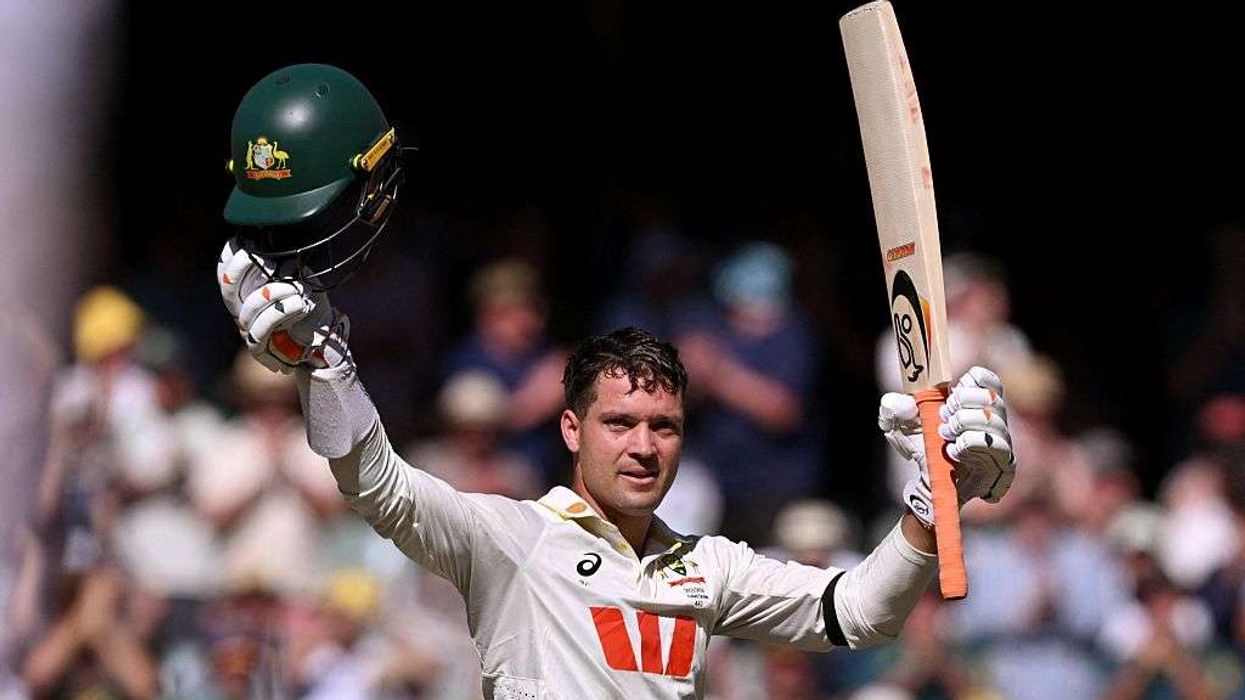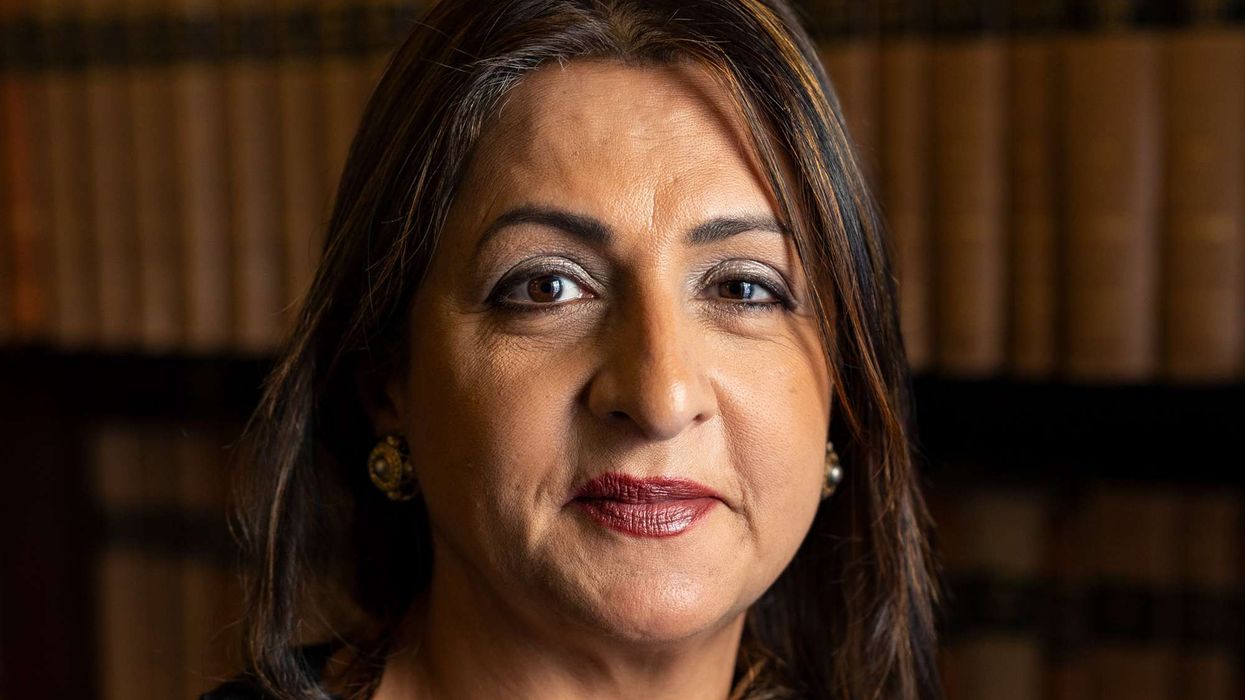John Abraham will next be seen on the big screen in Sanjay Gupta’s Mumbai Saga. A few days ago, the makers had unveiled the actor’s first look from the film. But interesting John will be sporting four different looks in the movie.
Today, director Sanjay Gupta took to Twitter to share the second look of the actor. He tweeted, “You can only do so much with the styling of your star. What brings the character alive is his ATTITUDE. Which our man John has no shortage of. ???”
John is seen in an all-black avatar and we must say that the actor has carried the look of a gangster very well. Mumbai Saga is based in the 80s and also stars Emraan Hashmi, Suniel Shetty, Mahesh Manjeraker, Kajal Aggarwal and Prateik Babbar.
While talking about John’s looks in the film, Gupta stated, “The idea was to show John in a different light. The film is set in the '80s, and we have stayed true to the era. John's character ages from mid-20s to the late-30s. This is one of the looks where he is seen wearing a polyester shirt with wide lapels and chappals, and is sporting a teeka on the forehead.”
Talking about his looks in the film, the actor said, “This is my third collaboration with Sanjay. We have created a different language for this gangster drama.”
John has been doing quite a lot of patriotic films from the past few years. It will surely be interesting to watch him as a gangster in Mumbai Saga. The actor had also played the role of gangster Manya Surve in Sanjay Gupta’s Shootout at Wadala.











